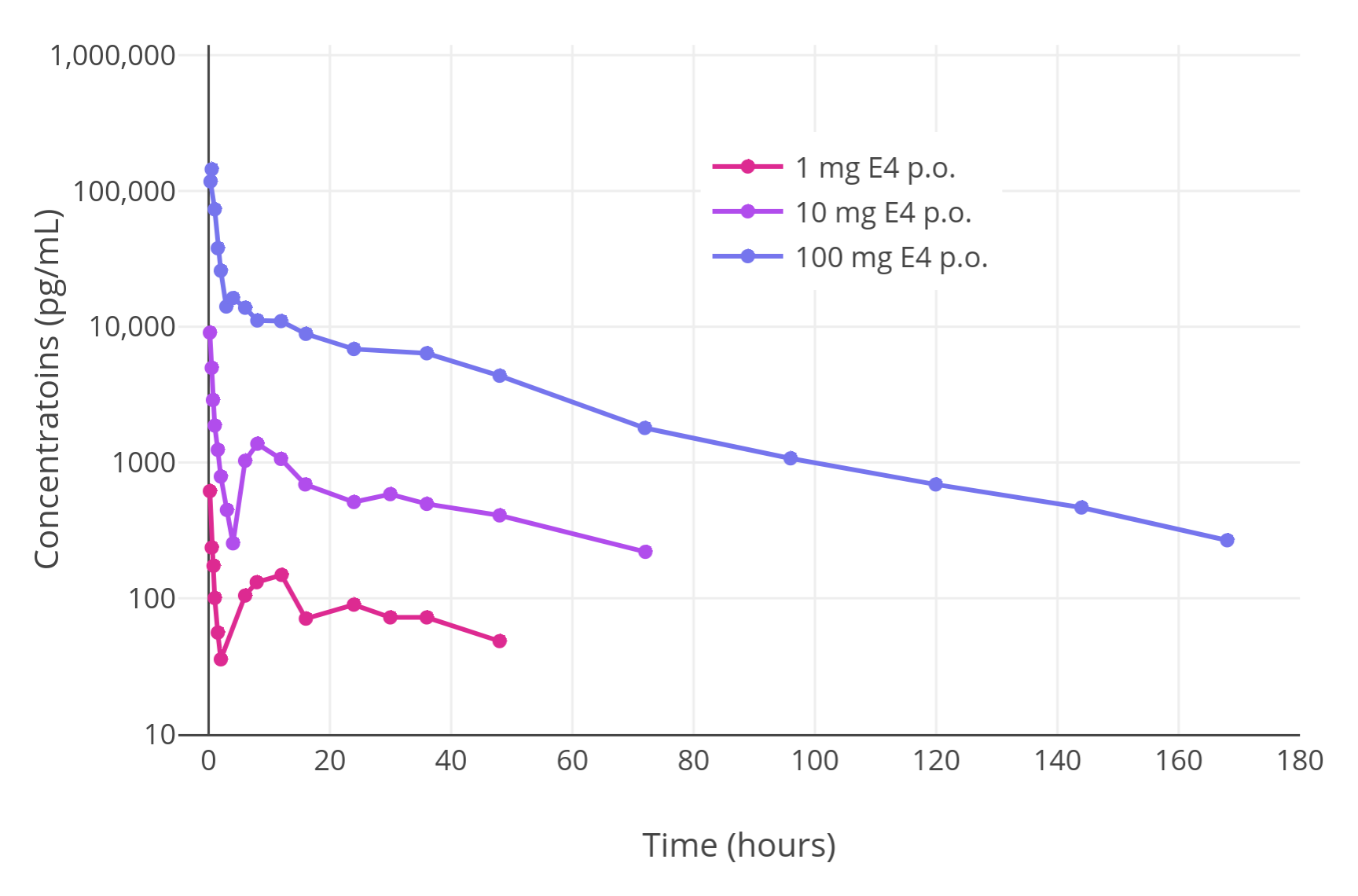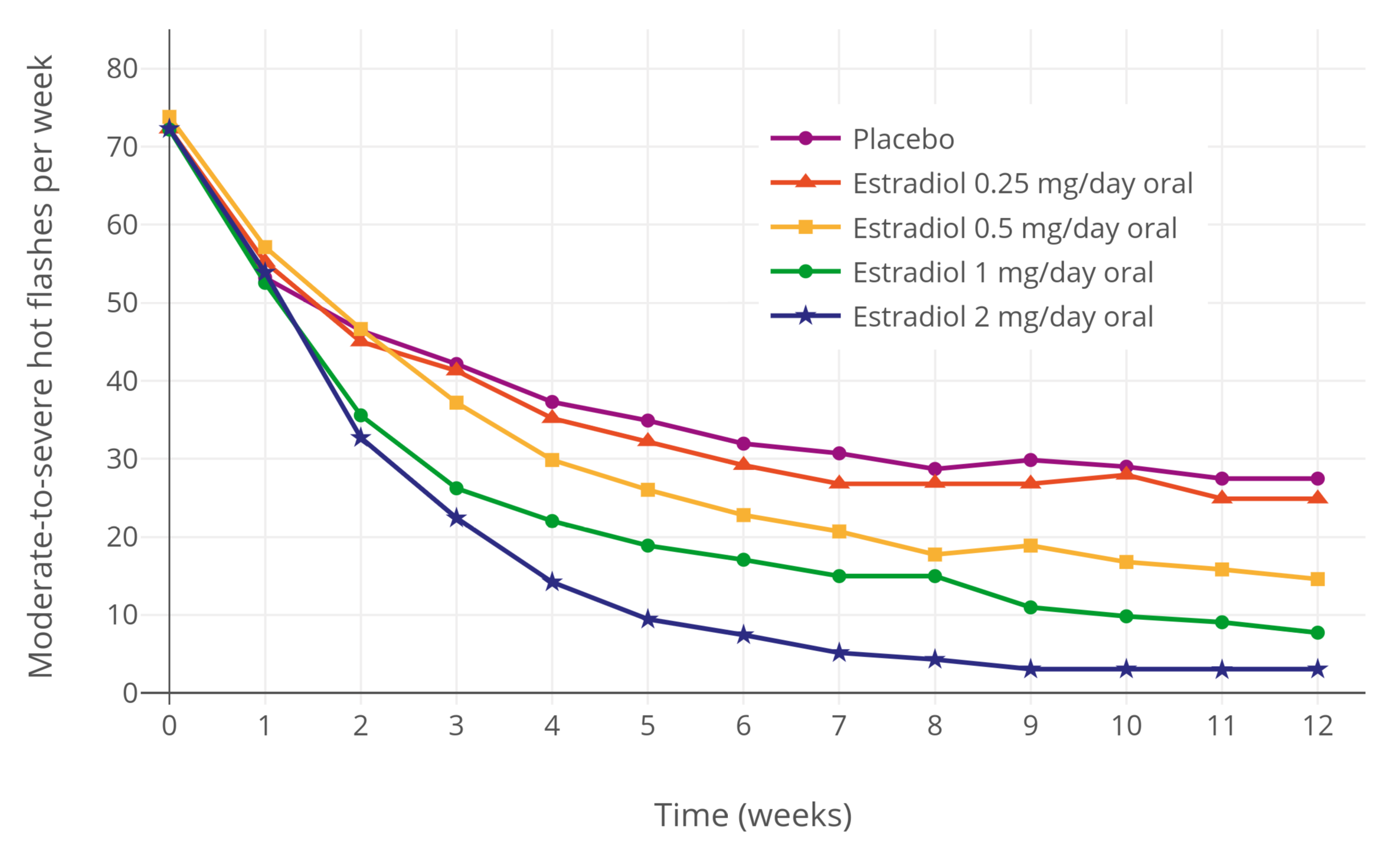|
Drospirenone
Drospirenone is a progestin and antiandrogen medication which is used in birth control pills to prevent pregnancy and in menopausal hormone therapy, among other uses. It is available both alone under the brand name Slynd and in combination with an estrogen under the brand name Yasmin among others. The medication is an analog of the drug spironolactone. Drospirenone is taken by mouth. Common side effects include acne, headache, breast tenderness, weight increase, and menstrual changes. Rare side effects may include high potassium levels and blood clots (when taken as a combined oestrogen-progestogen pill), among others. Drospirenone is a progestin, or a synthetic progestogen, and hence is an agonist of the progesterone receptor, the biological target of progestogens like progesterone. It has additional antimineralocorticoid and antiandrogenic activity and no other important hormonal activity. Because of its antimineralocorticoid activity and lack of undesirable o ... [...More Info...] [...Related Items...] OR: [Wikipedia] [Google] [Baidu] |
Progestin
A progestogen, also referred to as a progestagen, gestagen, or gestogen, is a type of medication which produces effects similar to those of the natural female sex hormone progesterone in the body. A progestin is a '' synthetic'' progestogen. Progestogens are used most commonly in hormonal birth control and menopausal hormone therapy. They can also be used in the treatment of gynecological conditions, to support fertility and pregnancy, to lower sex hormone levels for various purposes, and for other indications. Progestogens are used alone or in combination with estrogens. They are available in a wide variety of formulations and for use by many different routes of administration. Examples of progestogens include natural or bioidentical progesterone as well as progestins such as medroxyprogesterone acetate and norethisterone. Side effects of progestogens include menstrual irregularities, headaches, nausea, breast tenderness, mood changes, acne, increased hair ... [...More Info...] [...Related Items...] OR: [Wikipedia] [Google] [Baidu] |
Birth Control Pill
The combined oral contraceptive pill (COCP), often referred to as the birth control pill or colloquially as "the pill", is a type of birth control that is designed to be taken orally by women. It is the oral form of combined hormonal contraception. The pill contains two important hormones: a progestin (a synthetic form of the hormone progestogen / progesterone) and estrogen (usually ethinylestradiol or 17β estradiol). When taken correctly, it alters the menstrual cycle to eliminate ovulation and prevent pregnancy. Combined oral contraceptive pills were first approved for contraceptive use in the United States in 1960, and remain a very popular form of birth control. They are used by more than 100 million women worldwide including about 9 million women in the United States. From 2015 to 2017, 12.6% of women aged 15–49 in the US reported using combined oral contraceptive pills, making it the second most common method of contraception in this age range ( female sterilizati ... [...More Info...] [...Related Items...] OR: [Wikipedia] [Google] [Baidu] |
Estetrol (medication)
Estetrol (E4) is an estrogen medication and naturally occurring steroid hormone which is used in combination with a progestin in combined birth control pills and is under development for various other indications. These investigational uses include menopausal hormone therapy to treat symptoms such as vaginal atrophy, hot flashes, and bone loss and the treatment of breast cancer and prostate cancer. It is taken by mouth. Estetrol is a naturally occurring and bioidentical estrogen, or an agonist of the estrogen receptor, the biological target of estrogens like endogenous estradiol. Due to its estrogenic activity, estetrol has antigonadotropic effects and can inhibit fertility and suppress sex hormone production and levels in both women and men. Estetrol differs in various ways both from other natural estrogens like estradiol and synthetic estrogens like ethinylestradiol, with implications for tolerability and safety. For instance, it appears to have minimal estrogenic effe ... [...More Info...] [...Related Items...] OR: [Wikipedia] [Google] [Baidu] |
Estradiol (medication)
Estradiol (E2) is a medication and naturally occurring steroid hormone. It is an estrogen and is used mainly in menopausal hormone therapy and to treat hypogonadism, low sex hormone levels in women. It is also used in hormonal contraception, hormonal birth control for women, in feminizing hormone therapy for transgender women and some Non-binary gender, non-binary individuals, and in the treatment of hormone-sensitive cancers like prostate cancer in men and breast cancer in women, among other uses. Estradiol can be taken oral administration, by mouth, sublingual administration, held and dissolved under the tongue, as a gel or transdermal patch, patch that is transdermal, applied to the skin, intravaginal administration, in through the vagina, by intramuscular injection, injection into muscle or subcutaneous injection, fat, or through the use of an subcutaneous implant, implant that is placed into fat, among other route of administration, routes. Side effects of estradiol in ... [...More Info...] [...Related Items...] OR: [Wikipedia] [Google] [Baidu] |
Ethinylestradiol
Ethinylestradiol (EE) is an estrogen medication which is used widely in birth control pills in combination with progestins. Ethinylestradiol was widely used for various indications such as the treatment of menopausal symptoms, gynecological disorders, and certain hormone-sensitive cancers. It is usually taken by mouth but is also used as a patch and vaginal ring. The general side effects of ethinylestradiol include breast tenderness and enlargement, headache, fluid retention, and nausea among others. In males, ethinylestradiol can additionally cause breast development, feminization in general, hypogonadism, and sexual dysfunction. Rare but serious side effects include blood clots, liver damage, and cancer of the uterus. Ethinylestradiol is an estrogen, or an agonist of the estrogen receptors, the biological target of estrogens like estradiol. It is a synthetic derivative of estradiol, a natural estrogen, and differs from it in various ways. Compared to estradiol, e ... [...More Info...] [...Related Items...] OR: [Wikipedia] [Google] [Baidu] |
Estrogen (medication)
An estrogen (E) is a type of medication which is used most commonly in hormonal birth control and menopausal hormone therapy, and as part of feminizing hormone therapy for transgender women. They can also be used in the treatment of hormone-sensitive cancers like breast cancer and prostate cancer and for various other indications. Estrogens are used alone or in combination with progestogens. They are available in a wide variety of formulations and for use by many different routes of administration. Examples of estrogens include bioidentical estradiol, natural conjugated estrogens, synthetic steroidal estrogens like ethinylestradiol, and synthetic nonsteroidal estrogens like diethylstilbestrol. Estrogens are one of three types of sex hormone agonists, the others being androgens/anabolic steroids like testosterone and progestogens like progesterone. Side effects of estrogens include breast tenderness, breast enlargement, headache, nausea, and edema among ... [...More Info...] [...Related Items...] OR: [Wikipedia] [Google] [Baidu] |
Antimineralocorticoid
A mineralocorticoid receptor antagonist (MRA or MCRA) or aldosterone antagonist, is a diuretic drug which receptor antagonist, antagonizes the action of aldosterone at mineralocorticoid receptors. This group of drugs is often used as adjunctive therapy, in combination with other drugs, for the management of chronic heart failure. Spironolactone, the first member of the class, is also used in the management of hyperaldosteronism (including Conn's syndrome) and female hirsutism (due to additional antiandrogen actions). Most antimineralocorticoids, including spironolactone, are steroidal spirolactones. Finerenone is a nonsteroidal antimineralocorticoid. Medical uses Mineralocorticoid receptor antagonists are diuretic drugs that work primarily on the kidneys. They decrease Renal sodium reabsorption, sodium reabsorption, which leads to increased water excretion by the kidneys. By regulating water excretion, mineralocorticoid receptor antagonists lower blood pressure and reduce Pericar ... [...More Info...] [...Related Items...] OR: [Wikipedia] [Google] [Baidu] |
Spironolactone
Spironolactone, sold under the brand name Aldactone among others, is classed as a diuretic medication. It can be used to treat edema, fluid build-up due to hepatic cirrhosis, liver disease or kidney disease. It is also used to reduce risk of disease progression, hospitalization and death due to some types of heart failure. Other uses include acne and excessive hair growth in women, hypokalemia, low blood potassium that does not improve with Potassium#Supplementation, supplementation, high blood pressure that is difficult to treat and early puberty in boys. It can also be used to block the effects of testosterone in transgender women and Non-binary gender, nonbinary people undergoing Feminizing hormone therapy, feminizing hormone replacement therapy. Spironolactone is usually available in tablets, taken oral administration, by mouth, though topical forms are also available. Common side effects include electrolyte abnormalities, particularly hyperkalemia, high blood potassium ... [...More Info...] [...Related Items...] OR: [Wikipedia] [Google] [Baidu] |
Antiandrogen
Antiandrogens, also known as androgen antagonists or testosterone blockers, are a class of drugs that prevent androgens like testosterone and dihydrotestosterone (DHT) from mediating their biological effects in the body. They act by blocking the androgen receptor (AR) and/or inhibiting or suppressing androgen production. They can be thought of as the functional opposites of AR agonists, for instance androgens and anabolic steroids (AAS) like testosterone, DHT, and nandrolone and selective androgen receptor modulators (SARMs) like enobosarm. Antiandrogens are one of three types of sex hormone antagonists, the others being antiestrogens and antiprogestogens. Antiandrogens are used to treat an assortment of androgen-dependent conditions. In men, antiandrogens are used in the treatment of prostate cancer, enlarged prostate, scalp hair loss, overly high sex drive, unusual and problematic sexual urges, and early puberty. In women, antiandrogens are used to treat acne, ... [...More Info...] [...Related Items...] OR: [Wikipedia] [Google] [Baidu] |
Feces
Feces (also known as faeces American and British English spelling differences#ae and oe, or fæces; : faex) are the solid or semi-solid remains of food that was not digested in the small intestine, and has been broken down by bacteria in the large intestine. Feces contain a relatively small amount of metabolic waste products such as bacterially-altered bilirubin and dead epithelial cells from the lining of the gut. Feces are discharged through the anus or cloaca during defecation. Feces can be used as fertilizer or soil conditioner in agriculture. They can also be burned as dry animal dung fuel, fuel or dried and used for wattle and daub, construction. Some medicinal uses have been found. In the case of human feces, fecal transplants or fecal bacteriotherapy are in use. Urine and feces together are called excretion, excreta. Characteristics The distinctive odor of feces is due to skatole, and thiols (sulfur-containing compounds), as well as amines and carboxylic acids. Sk ... [...More Info...] [...Related Items...] OR: [Wikipedia] [Google] [Baidu] |






